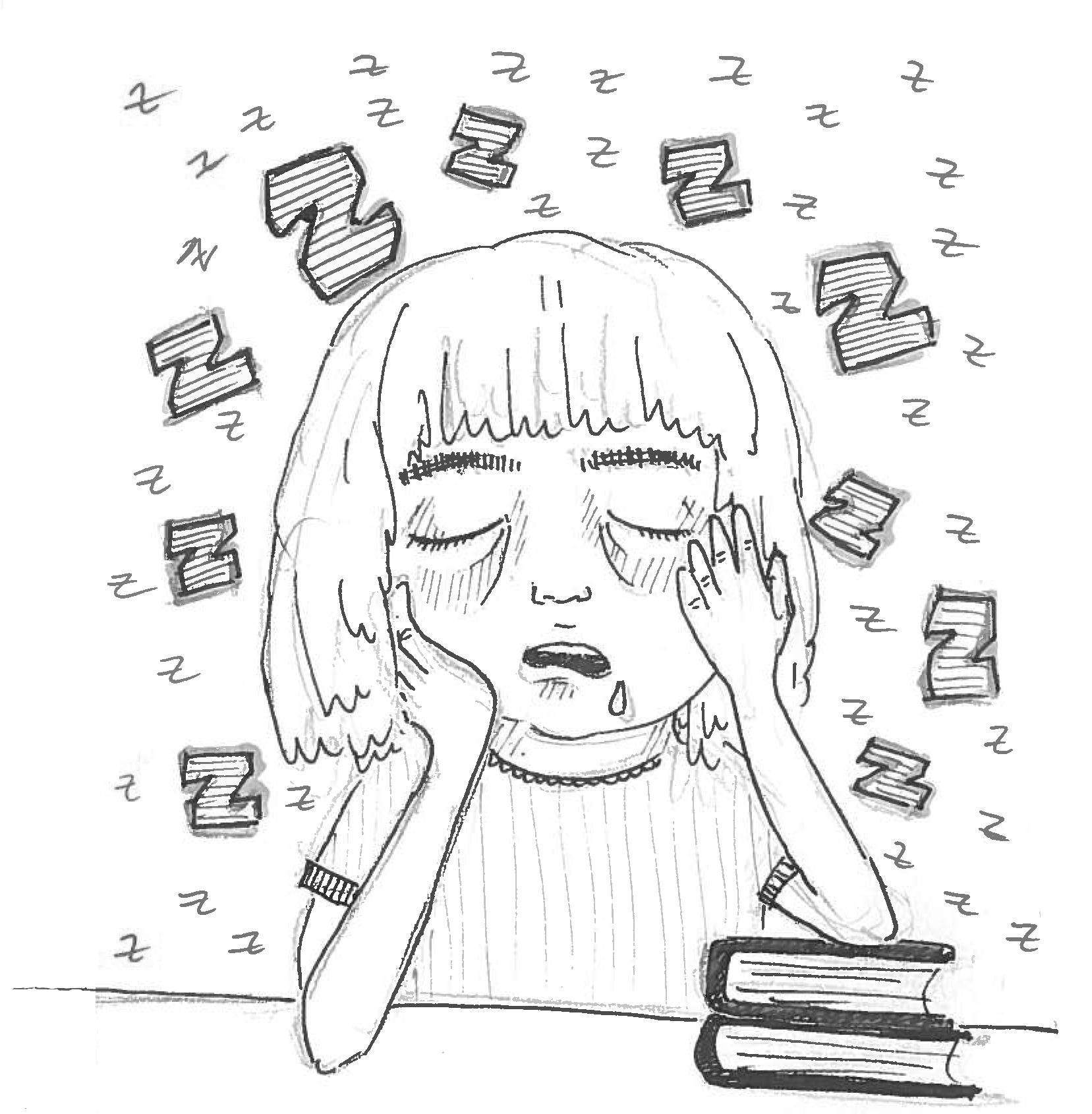On Nov. 5, Daylight Saving Time (DST) ended, and we were gifted with an extra hour of sleep. 2 a.m. reverted back to 1 a.m., and clocks were changed.
Benjamin Franklin first suggested the idea of implementing DST in 1784, joking that extended daylight would save candles. He also found several people around him sleeping and waking up late. Franklin speculated how much more productive people would be if the local time were to be set one hour ahead of Standard Time, forcing everyone to wake up early and thereby ‘saving candles.’
George Vernon Hudson, a New-Zealand astronomer, officially proposed DST for the first time in 1895. Then, golfer William Willet supported DST, which would reward him with an extra hour of golf after work. Up until his death in 1915, Willet lobbied the House of Commons for DST, but to no avail.
Germany and Austria were the first countries to opt for DST in 1916. Soon after its implementation in 1916, support for DST spread across Europe. The United States followed suit in 1918 to conserve electricity during World War I. After the world wars ended, DST fell from federal to state jurisdiction. Some neighbouring states follow different time systems. Although these were the first countries to implement DST, the people of modern day Thunder Bay in Ontario turned their clocks back in 1908.
However, DST affects our lives beyond the extra hour. Some studies show that workplace productivity diminishes significantly for an entire week after DST has begun, because workers lose one hour of sleep. The number of admitted patients for heart attacks has also been known to spike during DST shifts, linked loosely to a lack of sleep. According to a study completed at the University of Colorado, the incidence of traffic accidents increases by 17 per cent on the Monday after DST. Despite these burdens, DST has now been implemented in 76 countries around the world.
Furthermore, despite having a longer day, studies argue that DST does not actually reduce energy consumption. According to Michael Downing, lecturer in the Department of English at Tufts University and author of Spring Forward: The Annual Madness of Daylight Saving Time, an extra hour of daylight from DST would allow consumers to spend more time outside by shopping, driving, or even honing their golf skills.
“This change was spurred by a large number of lobbies: golf and golf equipment, home improvement, the Hearth, Patio and Barbeque Association and the gas and fuel industries, which saw a potential boon to their sales,” Downing said in an interview at Tufts University.
As people spend more time outside in daylight, they could negate the reduced cost of energy from fewer hours of indoor lighting.
The sweeping momentum for DST laid out by the retail industries led to the Energy Policy Act of 2005 in the United States, which extended DST to eight months from seven. Candy retailers also lobbied for a DST extension by giving out Halloween candies to every senator to extend DST to the first week of November.
DST spans from the second week of March until the first week of November, leaving us with eight months of DST and four months of Standard Time. Students should take advantage of the hour gained over the next week, and work on adjusting to the time difference. The aforementioned studies show health risks from the one-hour sleep deprivation, and the harms could be prevented if we applied DST all year round.









